Hood, Evelyn Eunice (1912-1999)
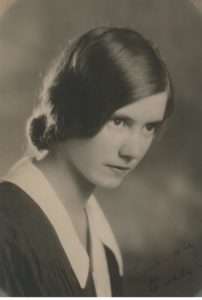 Born in Cadomin, an Alberta mining town, Hood graduated from the nursing program at the University of Alberta in 1936. She worked briefly in England, and then the US, receiving a diploma in public health nursing from the University of Washington. In 1946 she returned to Vancouver where she worked as a public health nurse until she joined the staff of the RNABC in 1951.
Born in Cadomin, an Alberta mining town, Hood graduated from the nursing program at the University of Alberta in 1936. She worked briefly in England, and then the US, receiving a diploma in public health nursing from the University of Washington. In 1946 she returned to Vancouver where she worked as a public health nurse until she joined the staff of the RNABC in 1951.
Hood won a national reputation in collective bargaining while serving as Director of Personnel Services for the RNABC from 1951 to her retirement in 1970. In 1964 she was appointed to the CNA Committee on Social and Economic Welfare. Under her guidance, salaries and working conditions for BC nurses received major improvements. Nurses acquired more control over setting medical and hospital policies. For her work she received in 1972 the first ever RNABC Award of Merit.
Contents of Biographical File
- Nomination for the RNABC Memorial Book.
- Nomination for the CNA Memorial Book.
- Artifact information sheet
- “Nursing Profiles,” The Canadian Nurse, (1951), 47 (11), 808-809.
- Bateson, Helen. “Labor of Love,” The Province, 1972.
- “Profile”, RNABC News, April/May 1970, pp. 30-31.
- “Evelyn Hood Receives First Award of Merit”, RNABC News, June/July 1972, p. 5.
- Article and photograph, The Canadian Nurse, July 1972, p. 43.
- Hood, Evelyn, “Economic Security in British Columbia,” The American Journal of Nursing, 56 (May 1956).
- Hood, Evelyn, “Collective Bargaining,” The Canadian Nurse, 50 (12) (1954), 968-969.
- Notes on Evelyn Hood by Helen Shore.
- Wright, Alice, “Evelyn Hood Remembered,” Nursing BC, June 2002.
- Five photographs: Originals and photocopies
- Biographical information by Ethel Warbinek

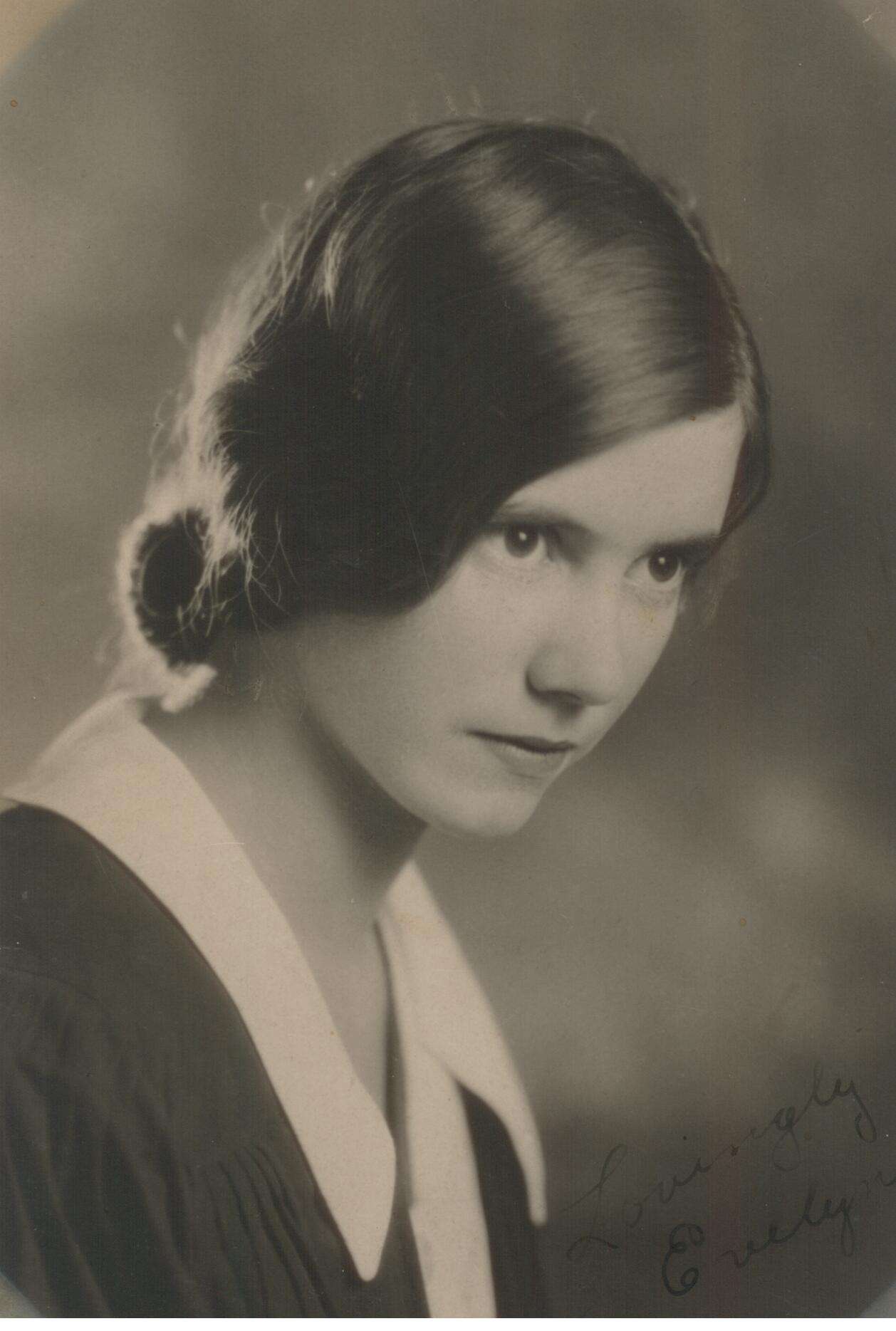

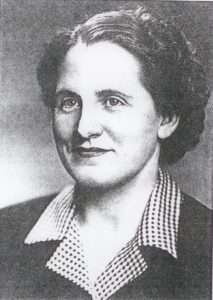 Lorna Horwood’s diverse life broke many of the constraints that held back most women, as she took on one challenge after another. She received her diploma in nursing from the Toronto General Hospital and continued her education with a year of post graduate studies at the Toronto Psychiatric Hospital, a BA from Queens in 1947, and an MA from Columbia University in 1954. She was a Superintendent of Nurses in psychiatric hospitals in London and Whitby. From 1948 to 1961 she was an assistant professor at UBC’s School of Nursing.
Lorna Horwood’s diverse life broke many of the constraints that held back most women, as she took on one challenge after another. She received her diploma in nursing from the Toronto General Hospital and continued her education with a year of post graduate studies at the Toronto Psychiatric Hospital, a BA from Queens in 1947, and an MA from Columbia University in 1954. She was a Superintendent of Nurses in psychiatric hospitals in London and Whitby. From 1948 to 1961 she was an assistant professor at UBC’s School of Nursing.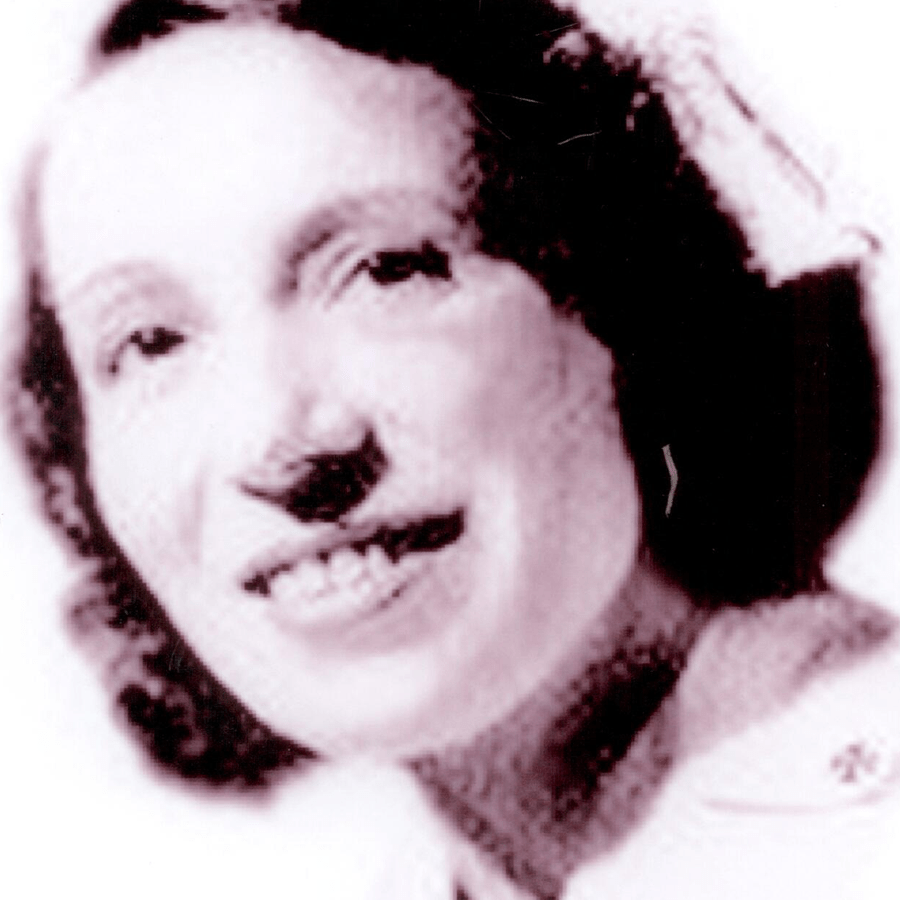
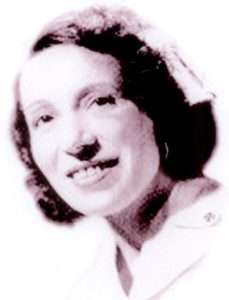 Elizabeth trained as a nurse at the Swift Current Hospital, moving with her husband John Clark to Vancouver in the 1940s where she worked at the Hospital for Sick and Crippled Children. In 1948 she wrote the song that made her famous, “There’s a Bluebird on Your Windowsill” for a young patient who noticed a sparrow hopping on the windowsill by his bed.
Elizabeth trained as a nurse at the Swift Current Hospital, moving with her husband John Clark to Vancouver in the 1940s where she worked at the Hospital for Sick and Crippled Children. In 1948 she wrote the song that made her famous, “There’s a Bluebird on Your Windowsill” for a young patient who noticed a sparrow hopping on the windowsill by his bed.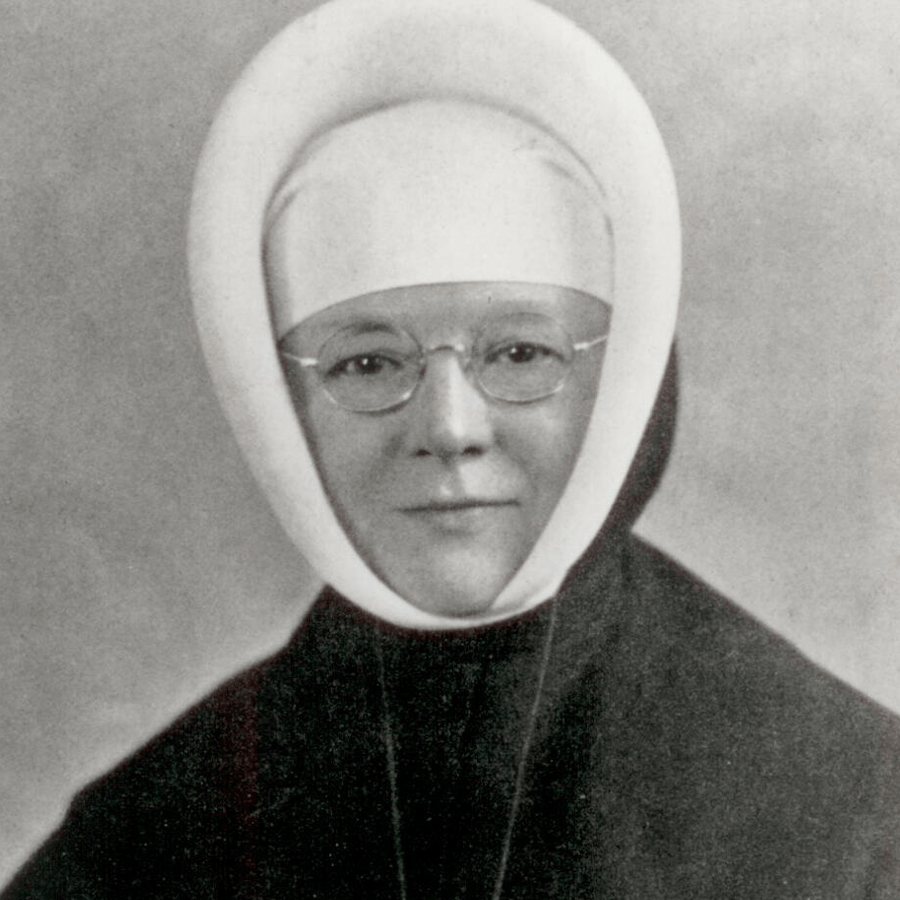
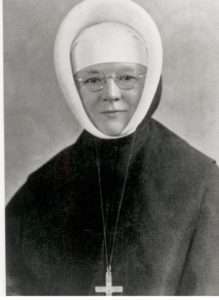 Columkille, Sister (Alice Lane Hamer) (1890-1973)
Columkille, Sister (Alice Lane Hamer) (1890-1973)
 See Oral History files,
See Oral History files,
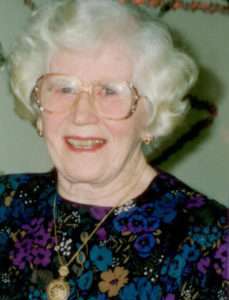 Dougherty, Florence (1912- 2003)
Dougherty, Florence (1912- 2003)
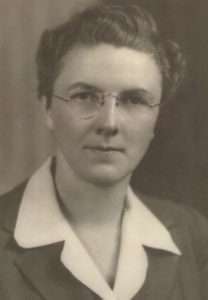 Dr. Lyle Creelman helped countries around the world build their health care systems. She joined the UN Relief and Rehabilitation Administration in England in 1944, and in 1954 became Chief Nursing Officer of the World Health Organization. On her retirement ICN described her as having “achieved more for nursing through the world than any other nurse of her time”. As Glennis Zilm says “There’s a little story of nurses standing at the bottom of a river pulling bodies out. Lyle went up the river to find out who was throwing them in”.
Dr. Lyle Creelman helped countries around the world build their health care systems. She joined the UN Relief and Rehabilitation Administration in England in 1944, and in 1954 became Chief Nursing Officer of the World Health Organization. On her retirement ICN described her as having “achieved more for nursing through the world than any other nurse of her time”. As Glennis Zilm says “There’s a little story of nurses standing at the bottom of a river pulling bodies out. Lyle went up the river to find out who was throwing them in”.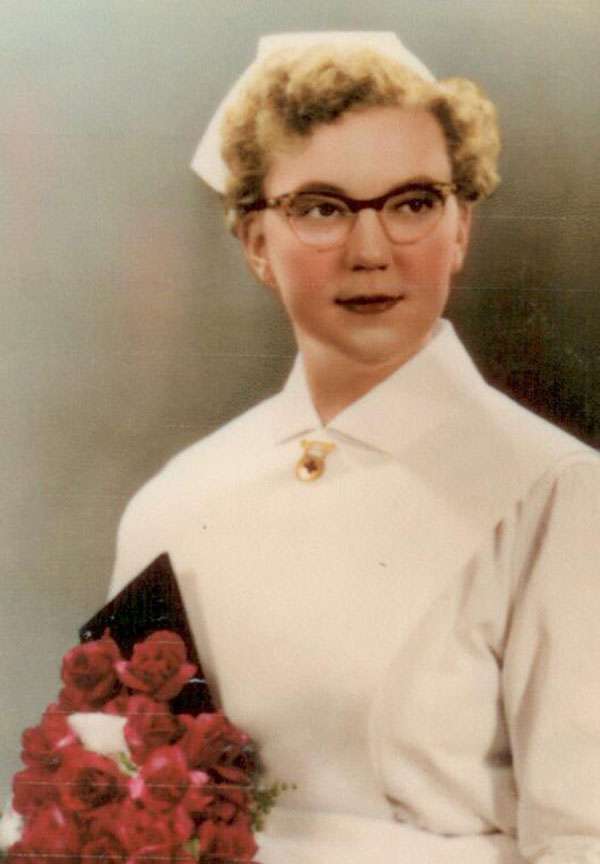
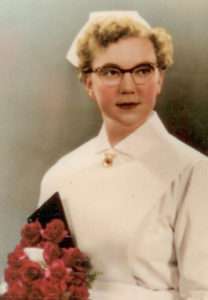 Following Shirley’s graduation from VGH in 1955, she began work as a staff nurse at Surrey Memorial Hospital. She was promoted to Head Nurse and worked to develop standards of care and quality assurance programs. When she died of cancer at the age of 45, the newly purchased King George Private Hospital was named the Shirley Dean Pavilion in her honour.
Following Shirley’s graduation from VGH in 1955, she began work as a staff nurse at Surrey Memorial Hospital. She was promoted to Head Nurse and worked to develop standards of care and quality assurance programs. When she died of cancer at the age of 45, the newly purchased King George Private Hospital was named the Shirley Dean Pavilion in her honour.